Back Pain Treatment In Surbiton
LOWER BACK PAIN
Low Back Pain (LBP) is the single biggest musculoskeletal complaint in the western world, it is estimated that 40% of us at any one time are suffering from some form of LBP with a lifetime prevalence of 80%.
But between 10%-20% of the population have a chronic ongoing back pain which accounts for 90% of the financial spending on back pain and is also the leading cause of disability in the UK.
Likewise Upper Back or Neck Pain affects 20% of western populations at any one time with up to 70% prevalence over a lifetime.
In short back pain may not grab the headlines in the same way cancer and heart disease does but from a financial burden point of view it sits 3rd behind these big boy conditions as a drain on the public’s health finances as well as having a severe impact on millions of people’s quality of living.
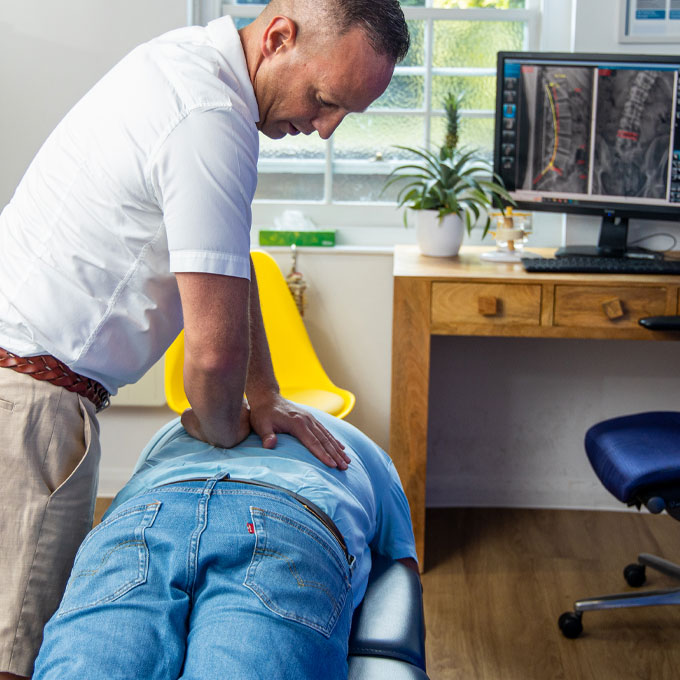
Unfortunately, in our opinion, the NHS is very poorly set up for this endemic problem, 24% of GP appointments are for MSK conditions. Without a major structural shift within NHS management to realise the benefit of getting manual therapists such as physiotherapists, osteopaths or chiropractors embedded within GP surgeries, then the system is not fit for purpose and patients continue to be frustrated by the lack of immediate interventional options other than medication available.
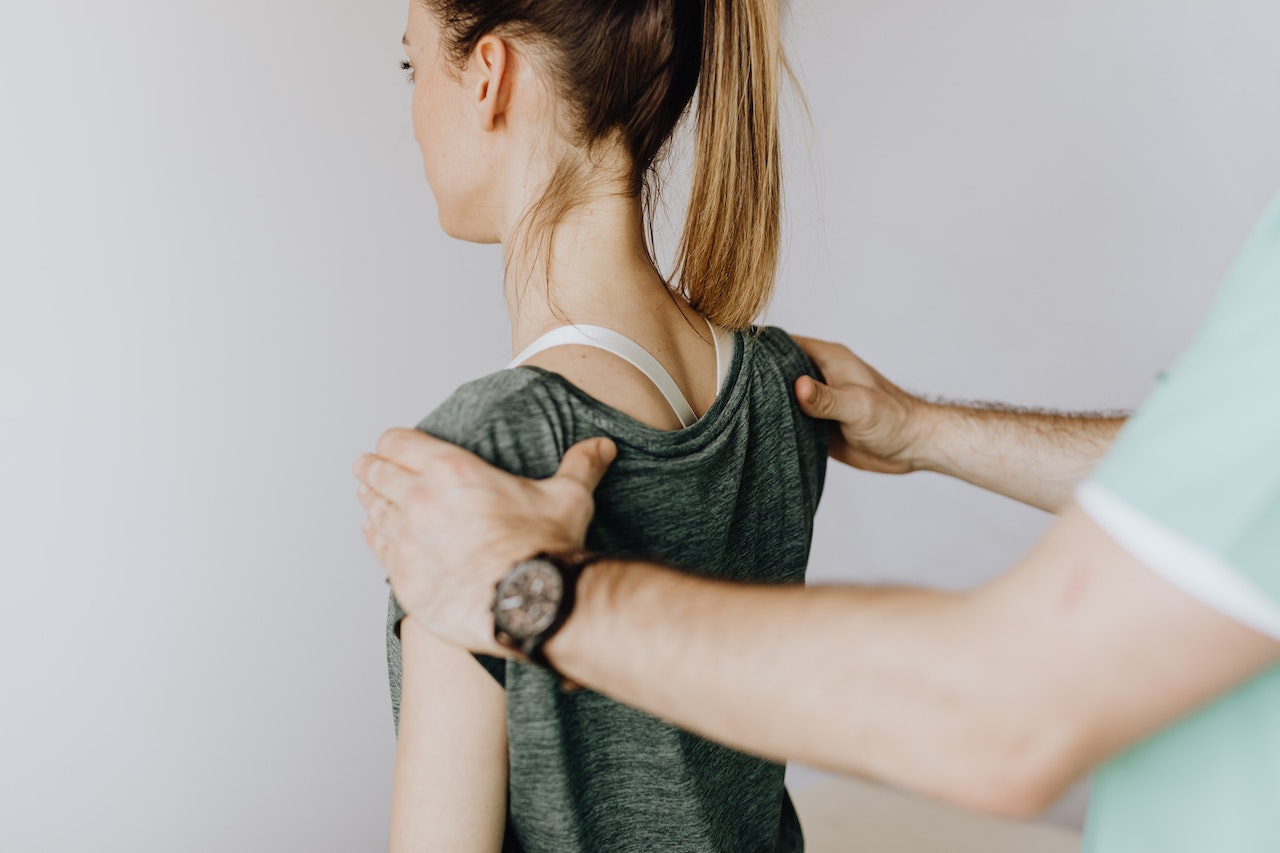
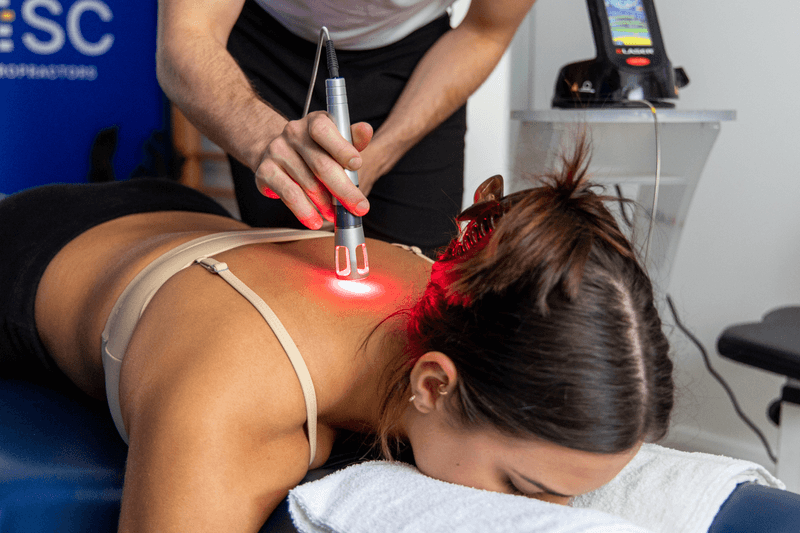
THE DISC POINT OF VIEW
We have already talked extensively about how at DISC we believe that the most significant factor in low back pain is unsurprisingly the disc itself and the various injuries they can affect. Whether they be active Disc Herniations, or more Degenerative or Inflammatory Disc Damage as explained here.
Other than Disc Injuries the medical profession have determined most patients to have “non-specific back pain” as their best diagnosis; often leaving patients without a clear understanding of what ails them. At DISC, every new patient starts their treatment with a full consultation and examination to determine what is not functioning correctly within their spine and to therefore identify the source of pain.
Essentially there is a limited number of tissues capable of becoming pain generators, including:
- Intervertebral Discs
- Spinal Nerve Roots
- Facet Joints
- Spinal Musculature
- Connective Tissues
Understanding which tissues have failed, is obviously important, but possibly even more significant is the understanding of how those tissue came to fail in the first place; factors including:
- Posture
- Movement
- Occupational Stress
- Muscle Imbalances
- Genetic Factors
- Sedentary Living
- Stress
- Inflammatory Diets
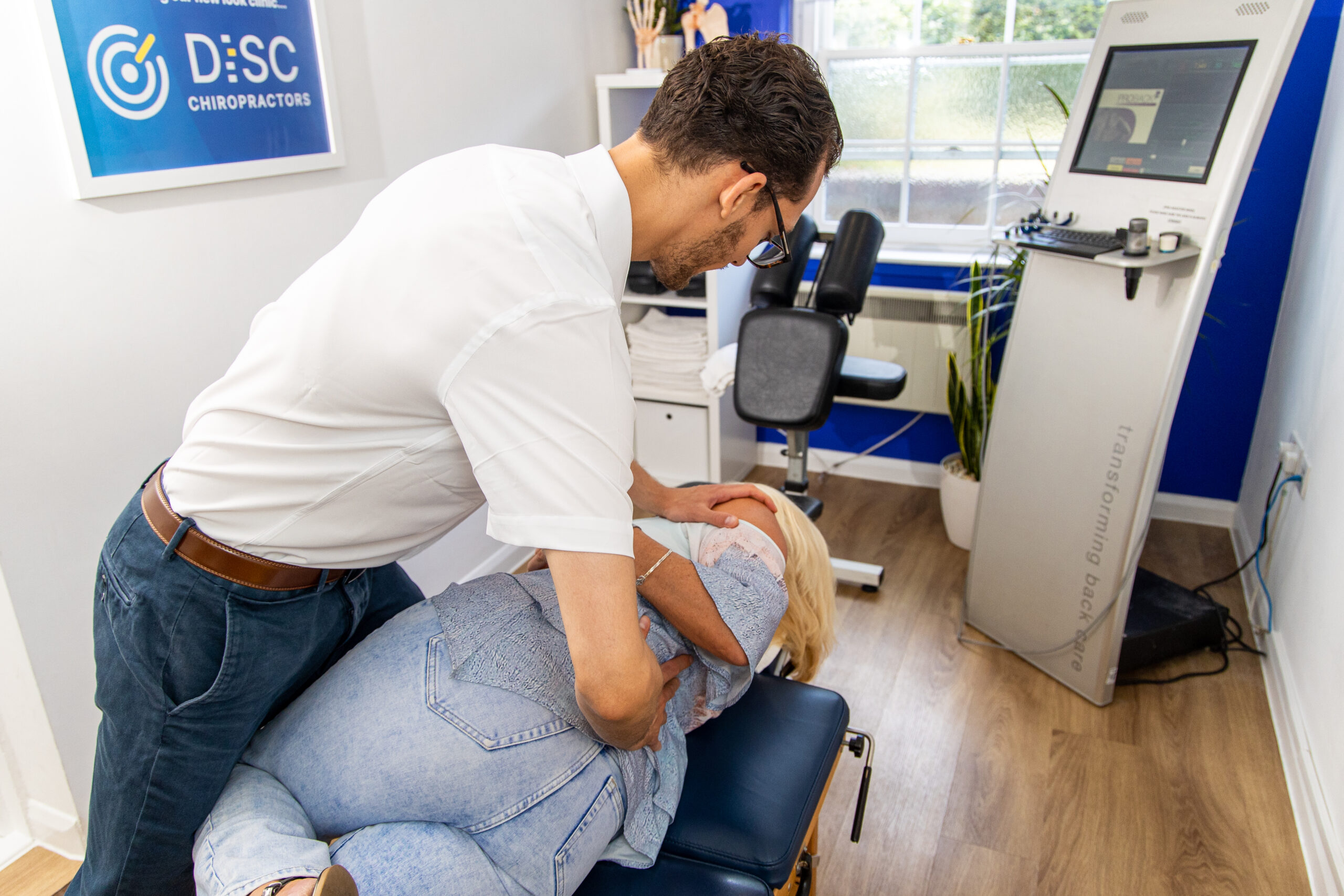
The spine can be split into 3 functional sections with all it’s unique movement patterns:

Lower back pain (LBP)
(60% of DISC Patients)

Upper back / neck pain
(25% of DISC Patients)

Mid back pain
(15% of DISC Patients)


Lower Back Pain
With over half the visits seen at our DISC clinic, Low Back problems are the most common complaint we see. As we’ve already discussed Disc damage and deterioration are commonplace in the modern world with even healthy pain free individual’s displaying high levels of wear and tear within their discs.
However, one of the reasons that we believe that Disc Injuries should not be discounted in most of the pain generating cases, is that, often they occur in conjunction with other conditions. So, even if we believe the disc itself isn’t the cause of pain, a dysfunctional disc can have a cascade of effects on other structures creating secondary conditions such as:
- Facet syndrome
- Sacroiliac Dysfunction
- Piriformis Syndrome
- Muscle Spasm
DISC TREATMENT PROTOCOL
The first step in treating any condition is to find the underlying cause, often the pain experienced by a patient is the last “domino” to fall in a cascade of reactions. A thorough examination at our DISC Clinic in Surbiton will help not only identify exactly what is generating the pain but aim to understand its root cause.
Once a diagnosis is determined, treatment options to address the issue can be explored. Pain relief, corrective measures, and preventative strategies can be implemented to ensure the problem does not return in the future.
The first steps towards gaining pain relief often come by mobilising the soft tissues and joints in the area; this is achieved by using a combination of manual mobilising chiropractic techniques with our unique blend of Instrument Assisted Adjusting tools which can be used to gently initiate movement and blood flow (healing) in stubborn or inflamed tissue when stronger techniques may be contraindicated.
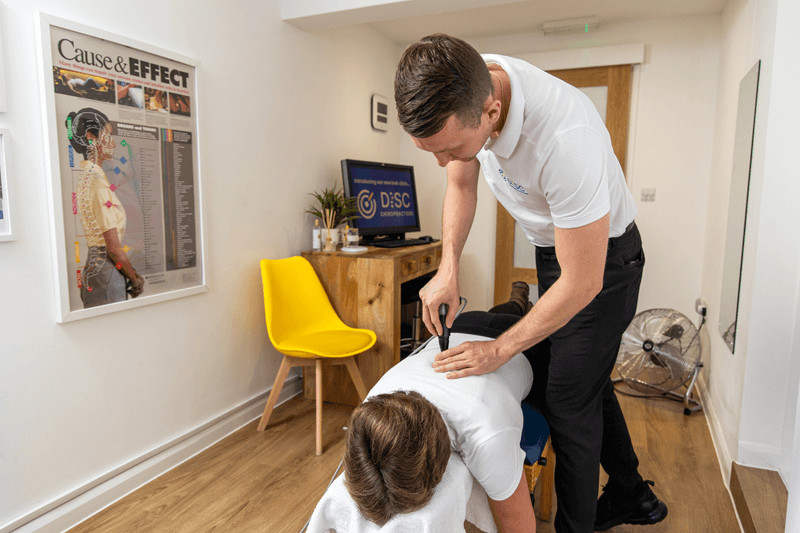
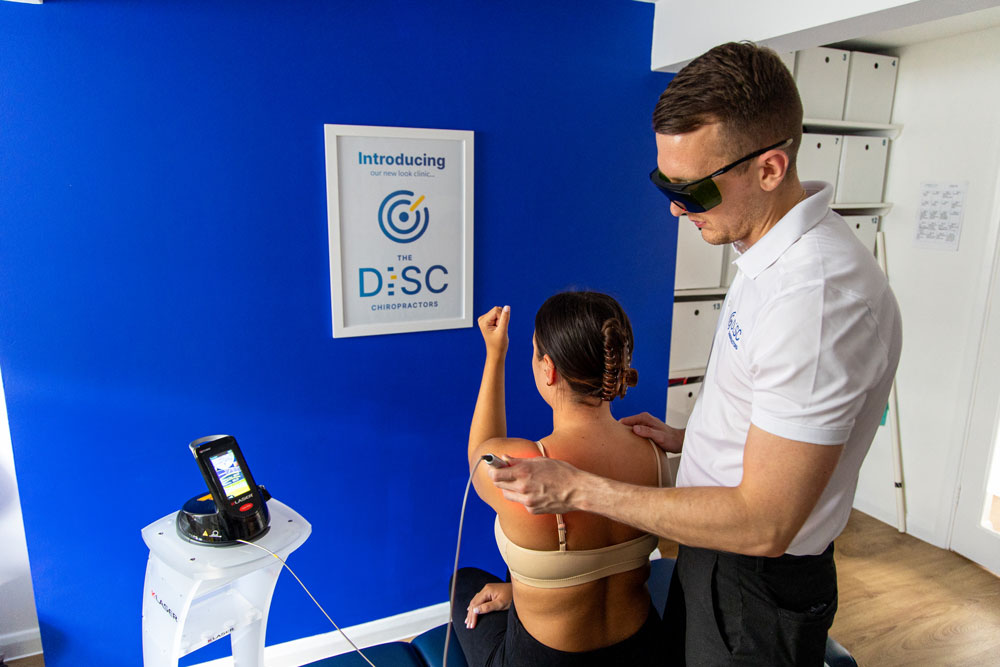
Spinal Decompression Therapy is one of the powerhouse treatments available at The DISC Chiropractors, its traction technology provides a unique ability to heal disc injuries and to un-trap the nerves that are often at fault for issues further down the chain for example in the arms and legs.
When conditions struggle to heal, Laser Therapy is an extremely safe and effective method of advancing rates of recovery. It’s warm photon light energy stimulates mitochondrial activity to enhance recovery in each and every cell of the body. Laser Therapy is especially useful in cases of inflammation, such as arthritic and repetitive strain conditions.
A major part of how our treatment protocols work is to ensure whilst the pain is coming under control, we are filling the patient with the knowledge of how to keep and maintain their results using corrective measures and rehabilitation tools to enhance their outcomes.
To find out about some of the other conditions we treat click link
Contact Us
If you would like to find out what we could do to help your Back Pain, please click the icon below to book a thorough consultation to evaluate your case.
